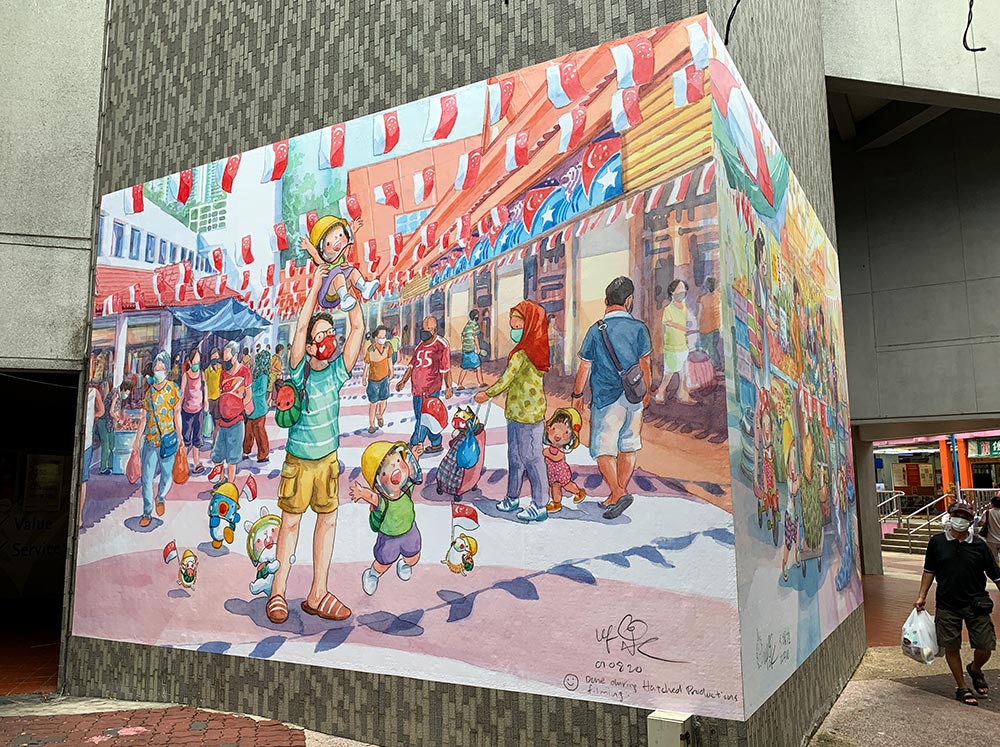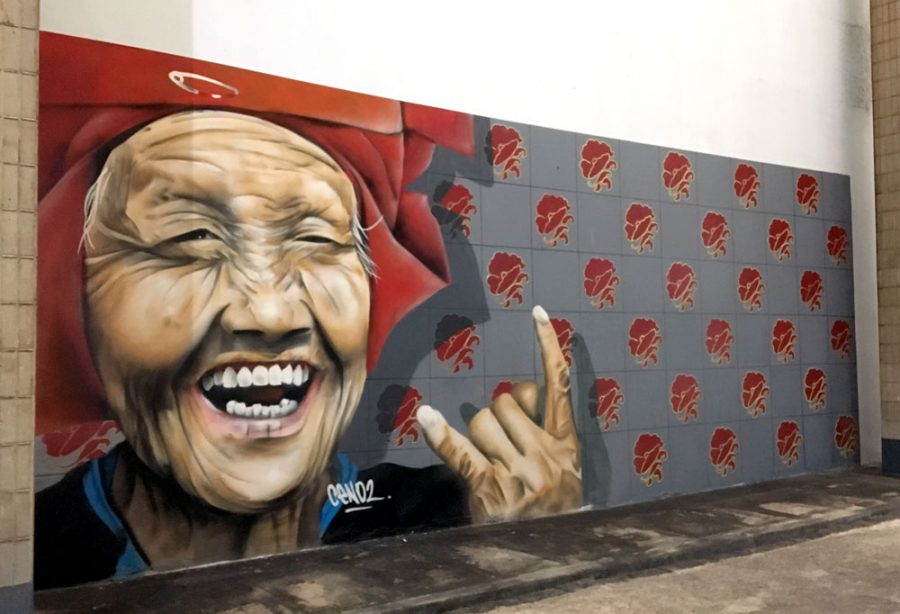People often say that Singapore is sterile – modern and efficient and sadly, boring. For anyone looking for alternative things to do in Singapore, skip the popular Chinese heritage enclave of Chinatown and head down to Haw Par Villa instead to get a rather unique look at Chinese culture.
This Chinese culture theme park was slated to be one of Singapore’s major tourist attractions back in the day, though these days it is more of a nostalgic curiosity. Haw Par Villa is still home to some of the weirdest sculptures I’ve seen though, and worth a visit if you like quirky attractions without the crowds.
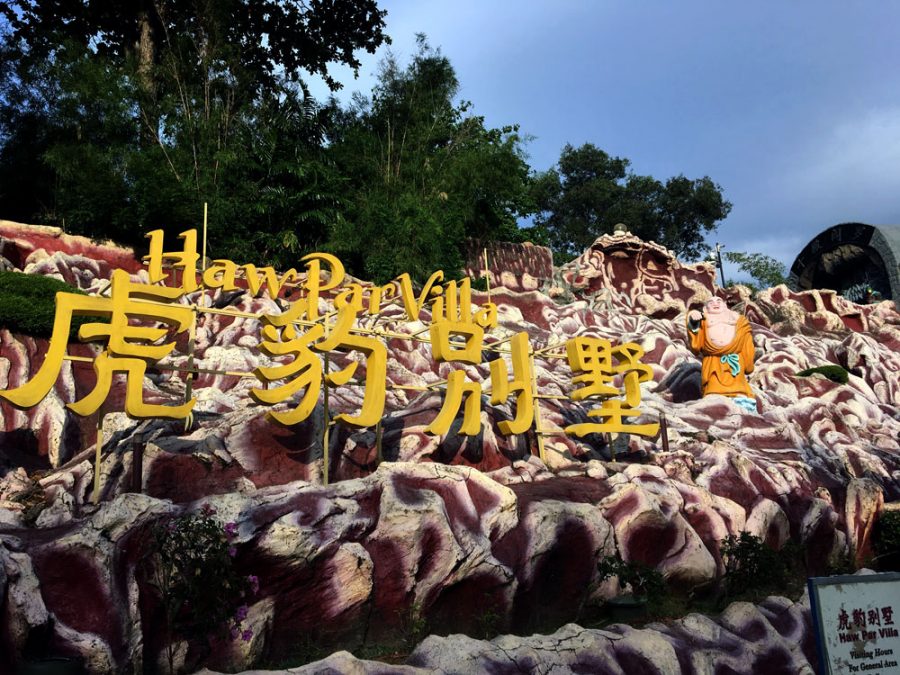
I first wrote a version of this post way back in 2014 but decided to overhaul it with more recent updates.
History of Haw Par Villa
Haw Par Villa 虎豹別墅 is also known as the Tiger Balm Gardens – it was built in the 1930s by two brothers Aw Boon Haw and Aw Boon Par who are much more famous for the creation of Tiger Balm, the miraculous muscle rub many Asians grew up with.
Haw 虎 translates to Tiger, and Par 豹 translates to Leopard – if you haven’t already realised, the name Haw Par Villa draws from the 2 brothers names Boon Haw and Boon Par which loosely translates as Cultured Tiger and Cultured Leopard
History buffs can read a more detailed history in Singapore’s e-library, but the short version is that these two brothers became really successful and rich from hawking Tiger Balm, and older brother Boon Haw built Haw Par Villa as a gift for his younger brother Boon Par.
While the estate was considered private property, the brothers opened up the gardens to the public, in part to educate them about important Chinese cultural values and ethics, but also used it as an advertisement for the Tiger Balm.

How to explore Haw Par Villa
Haw Par Villa isn’t very big – you can easily explore it in 1-2 hours depending on how fascinated you are by the weird statues all around and how many pictures you try to take. Prepare for a little stair and slope climbing as it is built on a hill side, but nothing too crazy. And of course, Singapore’s legendary humid weather means you need to be prepared to sweat it out a little.
Haw Par Villa used to be entirely free, but these days there is a section that has become a paid attraction, though a lot of it is still free to see. More about that below.
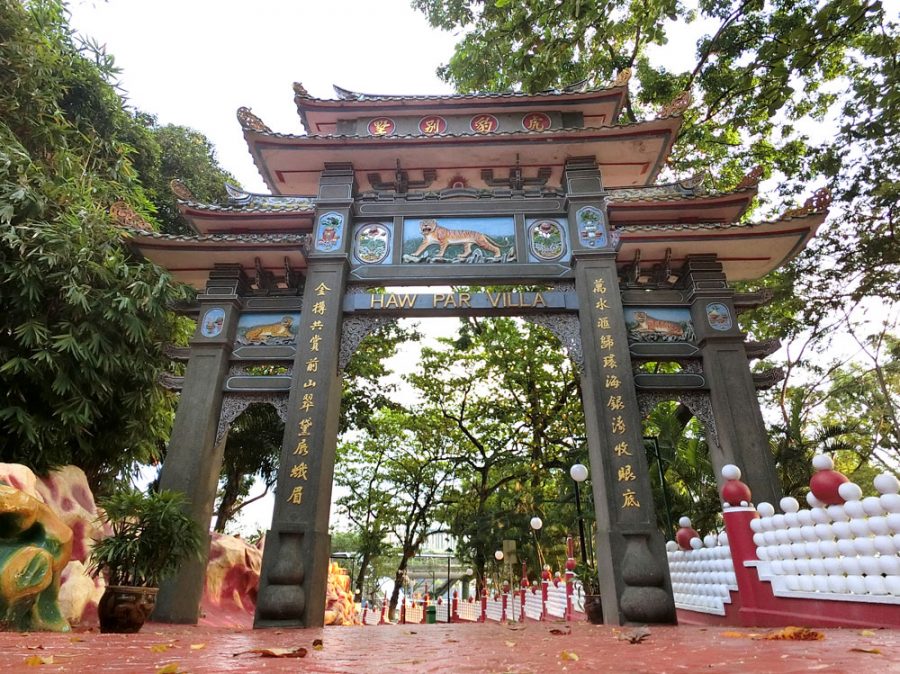
Dioramas of Chinese ethics and tales
You’ll find life size statues and elaborate dioramas all around Haw Par Villa, depicting scenes from Buddhism, Taoism, Chinese history and mythology. Back in the day, not many of the Chinese immigrants who came to Singapore could read and write, so the best way to educate and impart the important values from these stories was to depict them in a visual form like sculptures and dioramas were used.

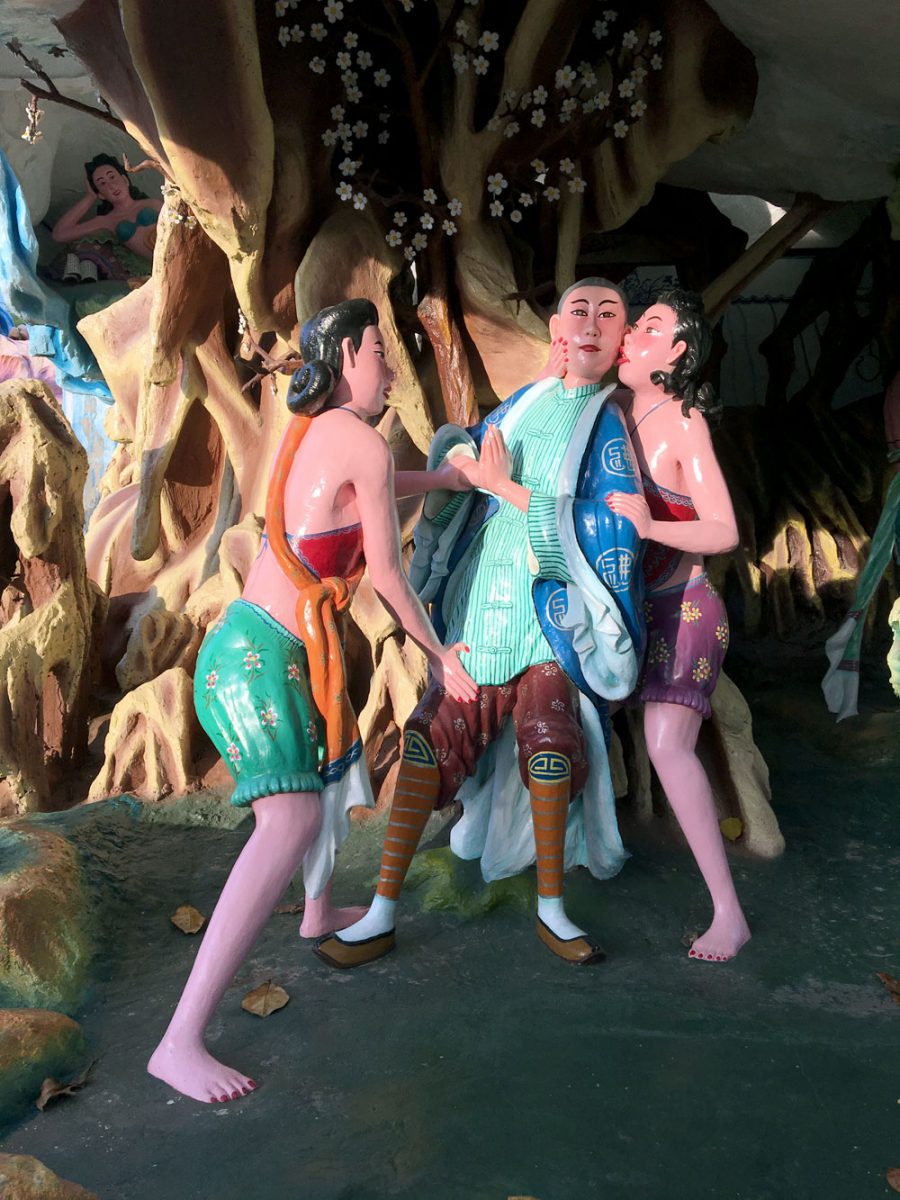
The stories depicted in the dioramas are a whole mishmash from across history: famous stories like Journey to the West and the 8 Immortals Crossing the Sea, to more moralistic short fables that tell of filial piety, honesty and loyalty. Some of the dioramas are very elaborate, consisting of hundreds of mini statues; Others are larger than life and strangely fantastical.
You have to wonder what visitors must have thought in those early days because some of the statues are just plain weird. I enjoy just taking a closer look at the the statues to see if I can find any really trippy ones (spoiler: there are PLENTY) – the weirdest ones to me are the half-human half-animal depictions as well as the humanised animal ones.
Some of the dioramas have write ups, others are unlabelled so you can use your imagination to make up some stories for yourself.
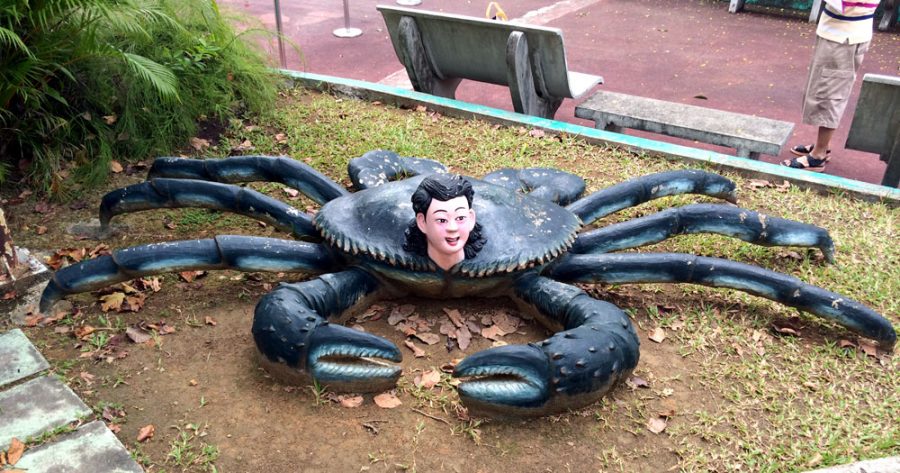


International animals and figures
There are some Chinese-style pagodas and memorials scattered around the park but some of the statues that you can see in the park are distinctly non-Chinese. There are giant gorilla statues, an oddly purple koala and kangaroo, sumo wrestlers and even a mini statue of Liberty.

It turns out that in the 1950s after the wars and both brothers had passed on, their nephew Aw Cheng Chye decided that he wanted to add to the garden. Unlike his uncles, his additions were of a more international flavour and involved sculptures of cultures from around the world. Also in the 1980s, the tourism board had a vision to redevelop the park into an ‘Oriental Disneyland’ of sorts, which… you can see that didn’t quite work out.

But what it ultimately lead to is a lot of these statues which are just… plain bizarre. Personally, I think you definitely couldn’t be sober to come up with some of these statues.

Hell’s Museum (Paid)
Haw Par Villa now has a paid attraction called Hell’s Museum that revolves around death and the afterlife, and in particular focuses on Chinese culture and that of Singapore. Tickets cost S$20 and you can buy online or at the door.
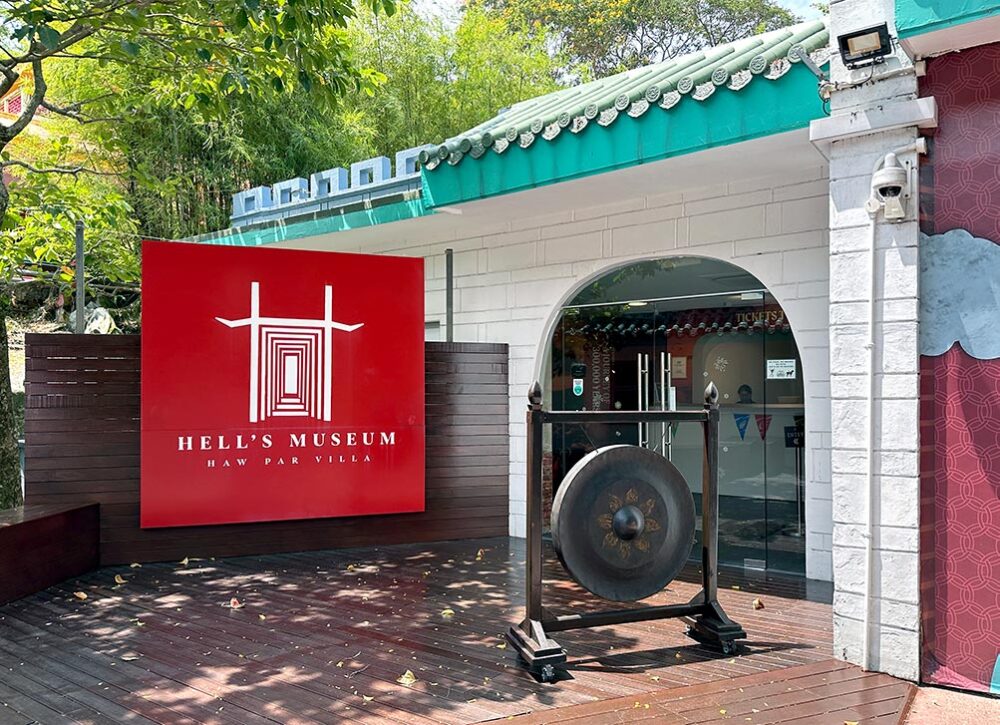
You can walk through the exhibits on your own, but since you’re already paying for the ticket, you can take the free guided tour that takes you through the highlights of the exhibits. I recommend doing the guided tour if you can, and then going back to spots along the way if you are interested to learn more.
The exhibition is divided into several stations. Station 1 is a short video which details the idea of the afterlife as depicted across the world’s most popular and oldest religions. They segregate the ideas into two: Cyclical (believes in reincarnation after death) and Linear (believes you only live once and are judged at the end).
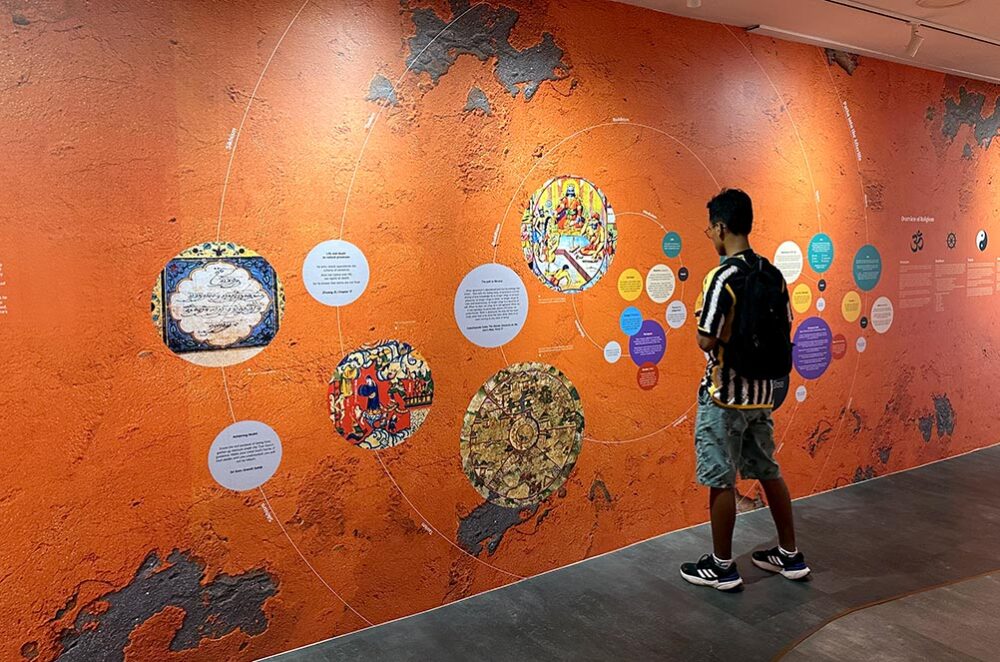
The next few stations expand upon the ideas in the video, and also depict the way death, ancestor worship, and funerary rites are conducted in Singapore. You can see recreations of ancestral altars, old graves and even a typical void deck funeral.
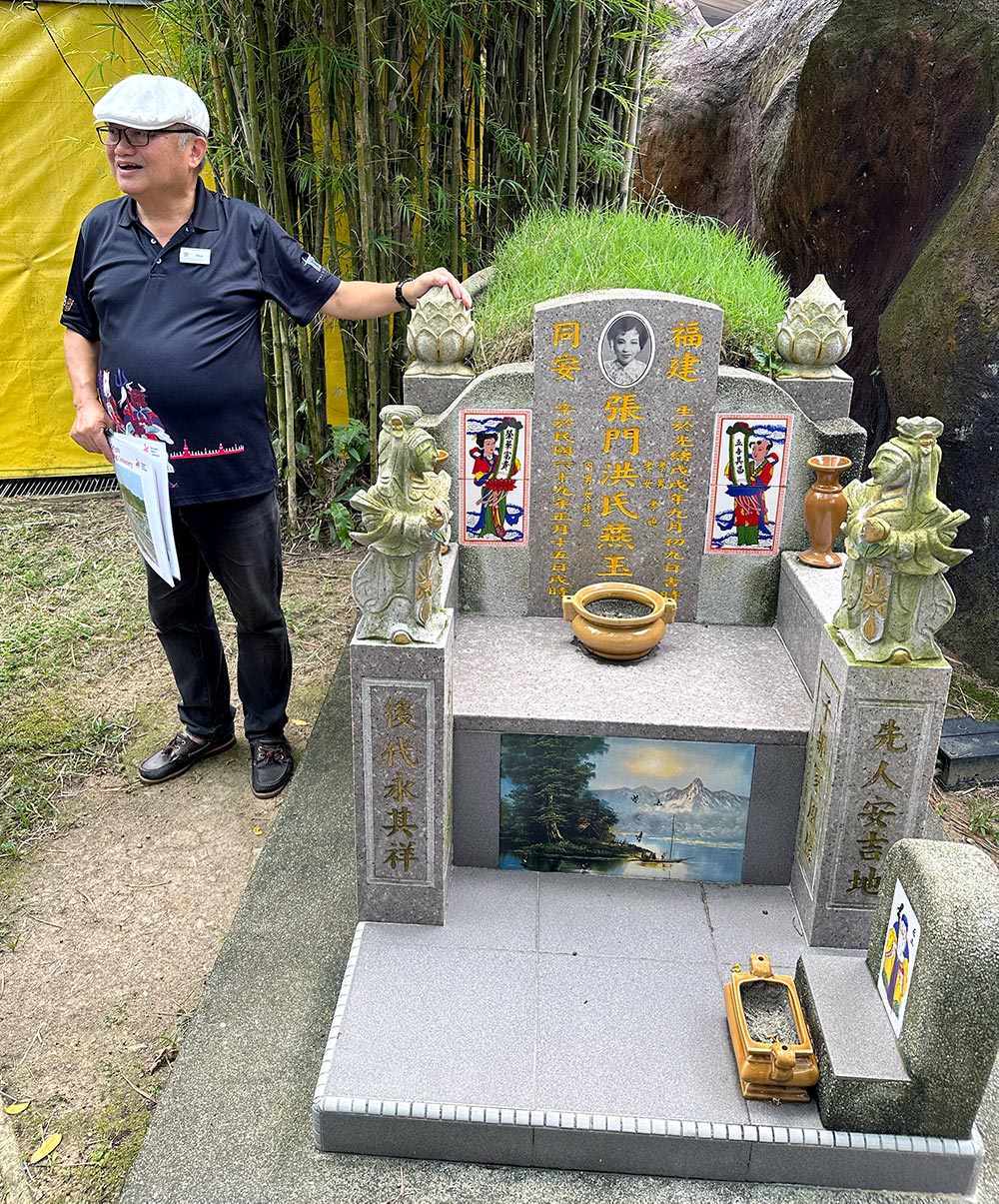
Ten Courts of Hell
The last section takes you through the infamous Ten Courts of Hell attraction – older Singaporeans (or those my age lol) might remember going through this tunnel as a boat ride or a walkthrough in more recent years.
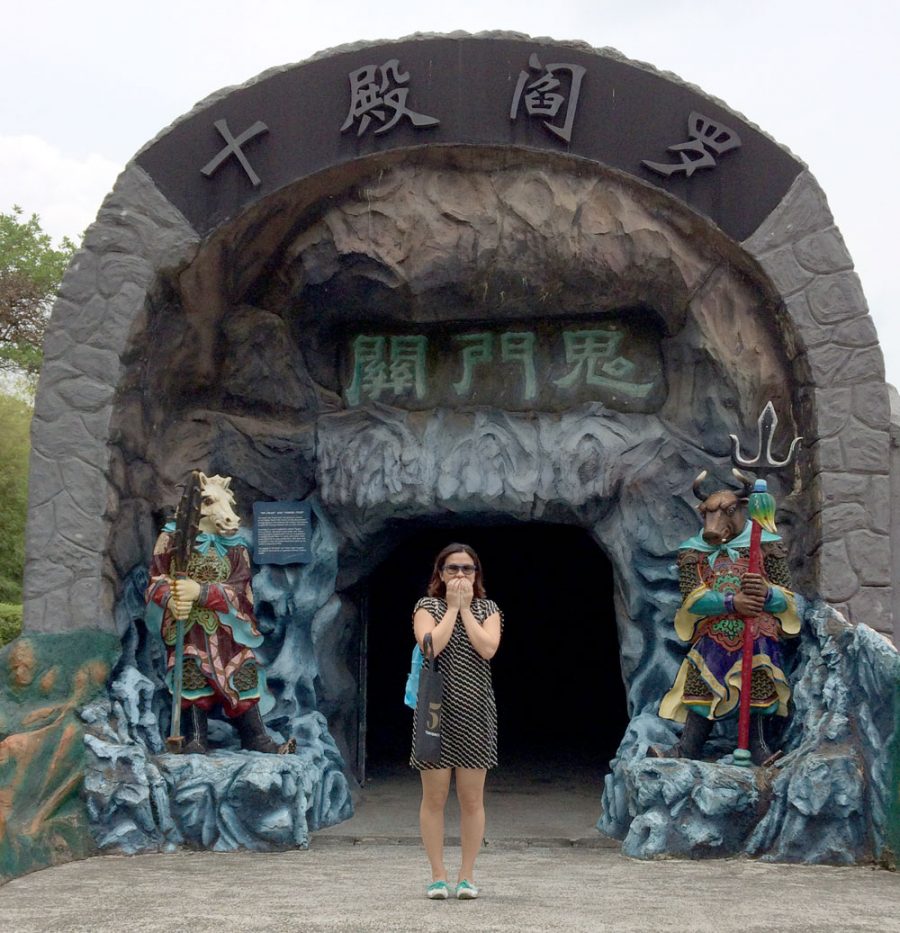
The Ten Courts of Hell is rooted in the belief that you reap what you sow, that all your sins in life are remembered in death, and the worse your sins, the more epically gory your torture will be. Whether or not you believe in it, just know that this was a pretty effective way for adults to scare naive children into good behaviour.

The journey starts from the time of death and judgement. Good people take the gold or silver bridges back to reincarnation or nirvana, while the sinners are pushed into the 10 levels of punishment and suffering. The final section is where it is decided what you will be reborn as which could be human or animal.
What we did as kids (and I still do now) was look at the sins and punishments for each court and laugh about whether we will end up there.


This tunnel used to be filled with water and the entire journey was a slow boat ride in little rickety boats down this dark tunnel lined with scenes from hell on both sides. These days you have to walk, which actually gives you more chance to linger and gawk at these gory scenes up close.
There is a small outdoor section at the end of the park with a few more dioramas as well.
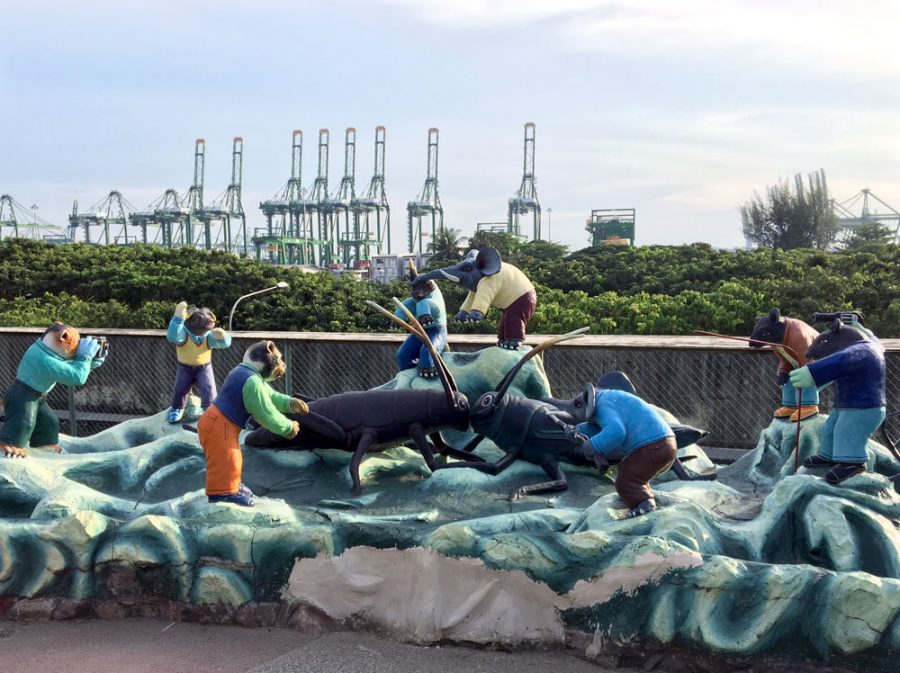
How to get to Haw Par Villa
Haw Par Villa 虎豹別墅 (hu bao bie shu) – 262 Pasir Panjang Road, Singapore 118628 [Google maps]
The best way to get to Haw Par Villa is by taking the MRT Circle Line (yellow line) to Haw Par Villa station (CC25). Exit A takes you right outside the main entrance of Haw Par Villa.
You could also take public bus and stop along Pasir Panjang Road. Buses include 10, 30, 30e, 51, 143, 188, 200
For drivers, the carpark in front of Haw Par Villa now costs $8 per entry, and you have to pay by cash to the man at the gate. You could also park at ORTO across the road if you don’t intend to spend too long at Haw Par Villa.
What’s nearby Haw Par Villa
Haw Par Villa is located along West Coast Highway, opposite the port area at Pasir Panjang Terminal so there isn’t that much to explore in the immediate vicinity, but you could make a day of it by adding in some other places of interest nearby.
Parks: You are fairly close to some nice parks like West Coast Park, Labrador Nature Reserve that used to be a British battlement, and Hort Park which has some nice fine dining options and connects you to the Southern Ridges for a nature trail with a view.
Recreation: The tourist island of Sentosa and the cable cars from Mount faber are a short drive away
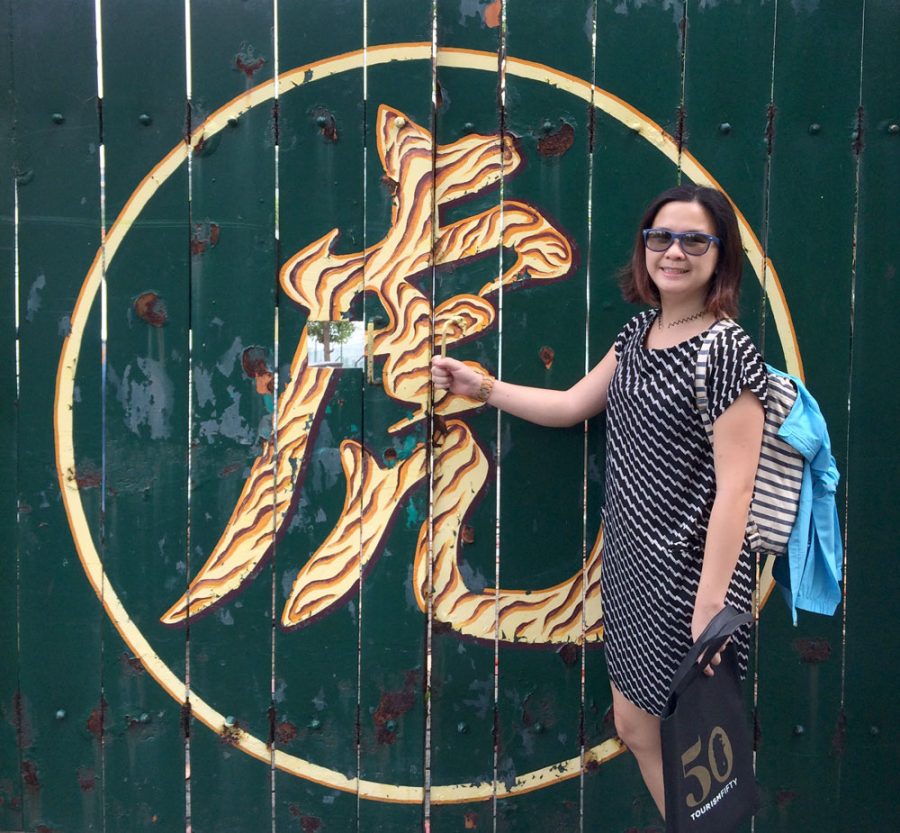
Should you visit Haw Par Villa?
Ultimately, Haw Par Villa makes for a pretty interesting walk-through for first timers, and brings back some nostalgic memories for those like myself who visited the park in its earlier days. It is worth visiting the free section for a wander around if you haven’t seen the park in recent years.
If you are a visitor to Singapore who is interested in local culture and want a glimpse of what daily life is like from the perspective of its death rites (burial, funerals, tombs, etc), this might be worthwhile for you as these are aspects of Singaporean’s lives that you won’t be able to see easily for yourself as a tourist.
But for Singaporeans who encounter these things in their own lives, it might not be so worthwhile – unless they revamp or expand the museum drastically, I don’t think I’d go back to the museum anytime soon.
Haw Par Villa’s bizarre combination of kitsch and culture makes for a rather unusual sight to see that most tourists wouldn’t associate with Singapore, so if you are bored of the fancy polished attractions, consider making a trip to Haw Par Villa for some strangeness.
Have you been to Haw Par Villa? What did you like or dislike about it? Share with me in the comments. Meanwhile check out more offbeat things to do in Singapore.


